6 Easy Steps On How to Teach Multiplication In Fun Ways for Students
6 Easy Steps On How to Teach Multiplication In Fun Ways for Students
Introduction
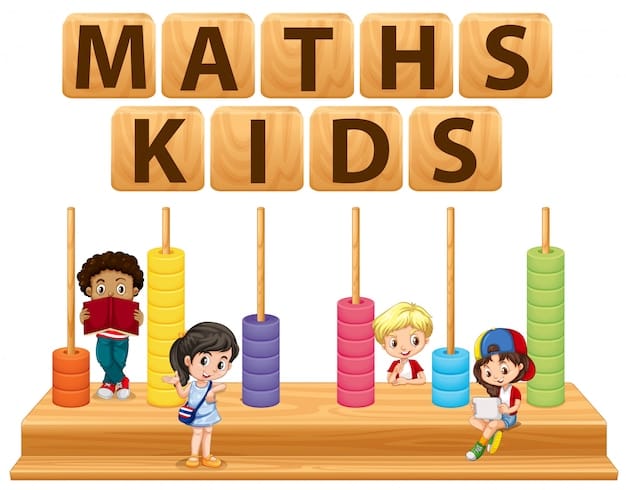
Streaming platforms? Multiplication decides how much you pay for that family plan... That's how essential and helpful it is. Multiplication doesn’t have to feel like a mountain kids can’t climb. In fact, there are fun ways to teach multiplication that turn a regular math lesson into an exciting challenge. When we practice multiplication facts in playful settings, we make learning enjoyable instead of intimidating. Teachers and parents can easily create activities where a multiplication game becomes part of daily life, helping children see math as something to enjoy rather than fear.
Whether it’s through music, stories, or colorful arrays, when you teach multiplication creatively, you help students master all the multiplication facts in a way that feels natural. A good mix of multiplication practice, math games, and multiplication fun keeps energy high and makes the number multiplied more than just a number—it becomes part of a story. When a multiplication question sparks curiosity and students draw connections, you’ve won half the battle.
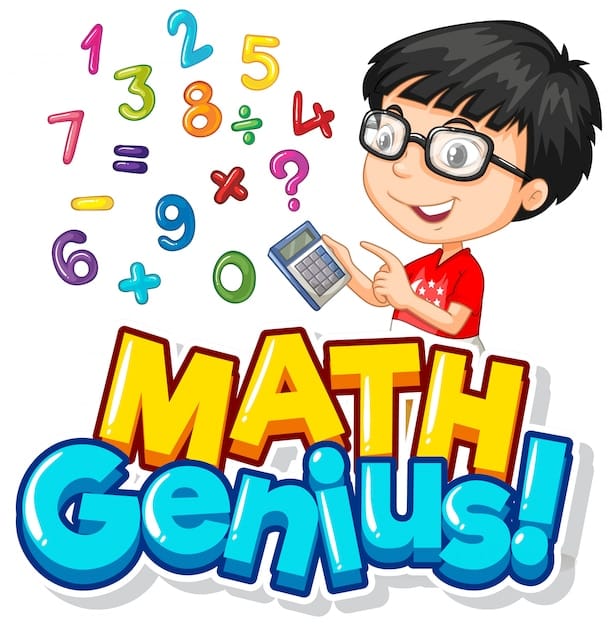
Parents and teachers often ask, "What’s the best way to teach multiplication so children don’t just memorize facts but actually understand the concept?" The answer is simple yet powerful — variety. Every child learns differently, and when you write lessons using multiple teaching techniques, you create opportunities for all learners to connect with the material. Visual learners might enjoy colorful charts or arrays, auditory learners might benefit from multiplication songs, and kinesthetic learners might prefer hands-on activities like building arrays with blocks or arranging objects into groups.
The early years are a golden opportunity to instill a positive attitude towards math. If children associate multiplication with creativity and problem-solving, especially understanding the number multiplied they carry that confidence into later grades. For parents, it’s equally rewarding to see their children light up when they grasp a concept — especially when learning feels like play rather than pressure.
Why Teaching Multiplication Needs a Creative Approach
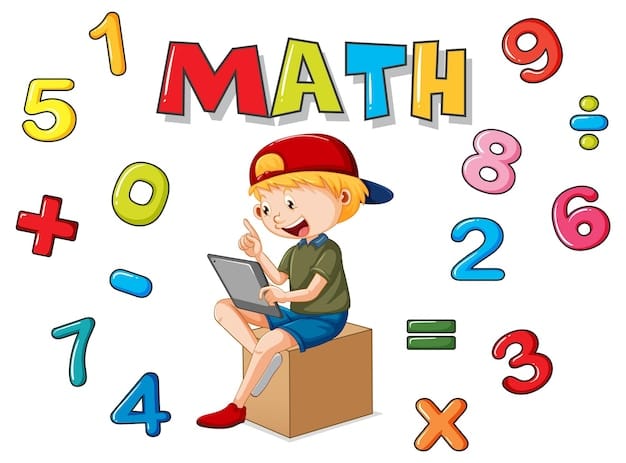
Learning multiplication is often the first big step into serious math for many children. Without creativity, even the most motivated students learning may lose interest. That’s why it’s essential to practice multiplication facts in ways that make sense to different learners. Some respond better when they practice multiplication with visuals, others prefer math fun like songs or physical activities.
By mixing fun ways to teach multiplication with skip counting, games, and stories, we cover every learning style. For example, when students stand to answer a multiplication question or work in pairs to reach the correct answer, they’re more engaged.
This approach also ensures students excited about learning multiplication retain information longer. A variety of methods means kids learn more than just times tables—they understand why multiplication facts work. When multiplication war is played with partner students, even shy learners join in. And the more word problems are linked to real life, the more students learning will enjoy math.
Step 1 – Use Visual Aids and Arrays
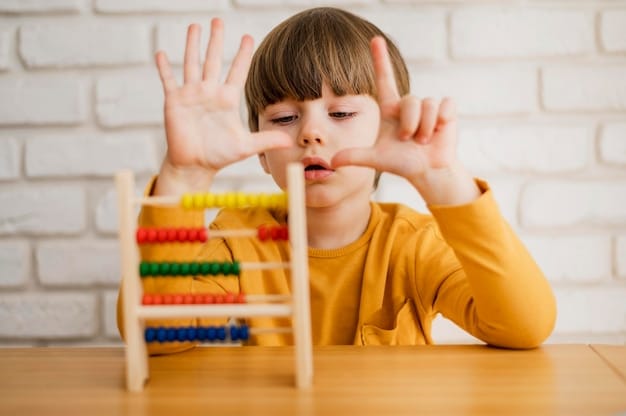
When you teach multiplication with visual aids, you turn abstract numbers into something students can see and touch. Arrays are a classic example: three rows of four apples show 3 × 4 in a way kids love. This method works for the whole class or two students working together. It’s also great for fun ways to encourage multiplication practice without stress.
Give colored paper to students and have them create posters showing two groups of objects that give the same result when counted. This makes repeated addition clear—same number in each group equals the total number of items. It’s great practice for early learners and helps reinforce multiplication skills for older ones.
You can even use an egg carton with small objects like bottle caps for counting exercises. Let students draw their arrays, write the multiplication sentence, and check if they have the correct answer. This activity not only uses resources already at hand but makes learning multiplication interactive and fun.
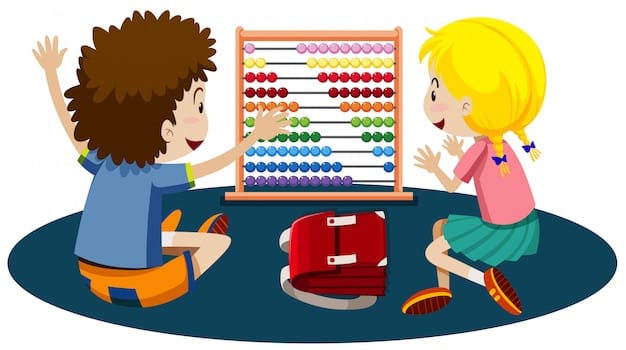
Step 2 – Introduce Multiplication Songs and Rhymes
Music has an incredible way of making learning multiplication stick. When you add rhythm to a math lesson, it transforms how students learning approach multiplication facts. Singing catchy rhymes is one of the most fun ways to teach multiplication because it engages both memory and creativity.
For instance, a multiplication game where two students sing times tables to a popular tune becomes instant math fun. This is also a great opportunity to practice multiplication daily without it feeling like work.
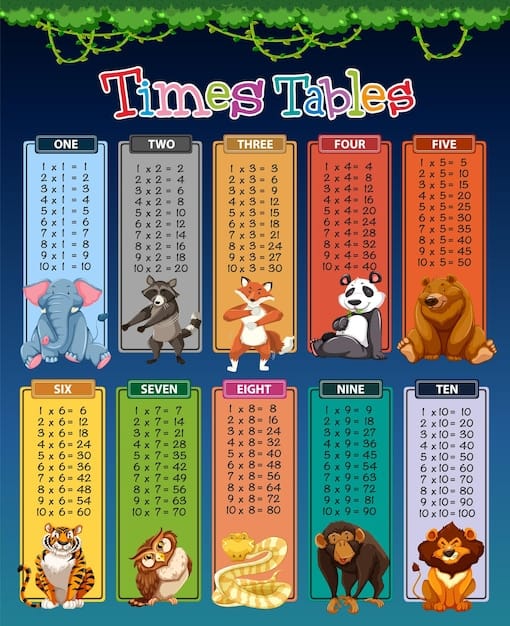
Have partner students perform their songs for the whole class, and let the students excited about their lyrics lead the next round. The best part? Music naturally reinforces multiplication practice—when kids learn a song, they remember the multiplication sentence and the number multiplied without extra effort.
Encourage them to write their own verses, perhaps linking the same number to a favorite hobby or word problems from everyday life. These musical moments create multiplication fun and help students recall all the multiplication facts with joy.
Step 3 – Play Math Games and Interactive Quizzes
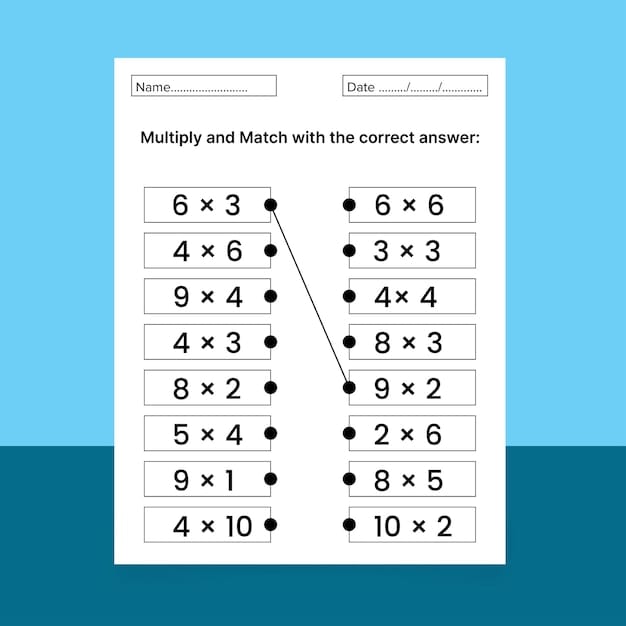
There’s something magical about a multiplication game—the moment students excited lean forward, eager for their turn. This is where fun ways to teach multiplication shine, because math games blend competition with skill-building. Whether it’s multiplication war with multiplication fact cards or times tables bingo, the goal is to practice multiplication facts in a playful setting.
Imagine two cards flipped over, and the first correct answer wins that round; the play continues until the end wins with most cards collected. These games offer great practice and help kids learn the relationship between all the numbers in a multiplication problem.
Online platforms also make it easy to provide students with instant feedback—whether solving a multiplication question or tackling word problems. Even something as simple as four cards drawn from a deck can turn into multiplication fun when the same result is found through different equations. These engaging methods turn a math lesson into a shared celebration of multiplication skills and confidence-building.
Step 4 – Apply Real-Life Scenarios

The best fun ways to teach multiplication often come from everyday experiences. When students learning see multiplication facts in action—like cooking, shopping, or sports—it turns abstract math into real-world understanding. A baking session might involve repeated addition of same number of cookies on each tray, or two groups of chairs arranged for a party might show the total number of seats. These are fun ways to practice multiplication naturally.
You could ask a multiplication question at the grocery store, or have two students work together to write a multiplication sentence based on the bill. In the classroom, students excited can share how they’ve spotted math outside school.
Using colored paper, students draw and label scenarios like sports scores or festival decorations that require multiplication practice. Not only does this teach how to multiply in a relatable way, but it also strengthens problem-solving skills for word problems and ensures kids love spotting multiplication skills in daily life.
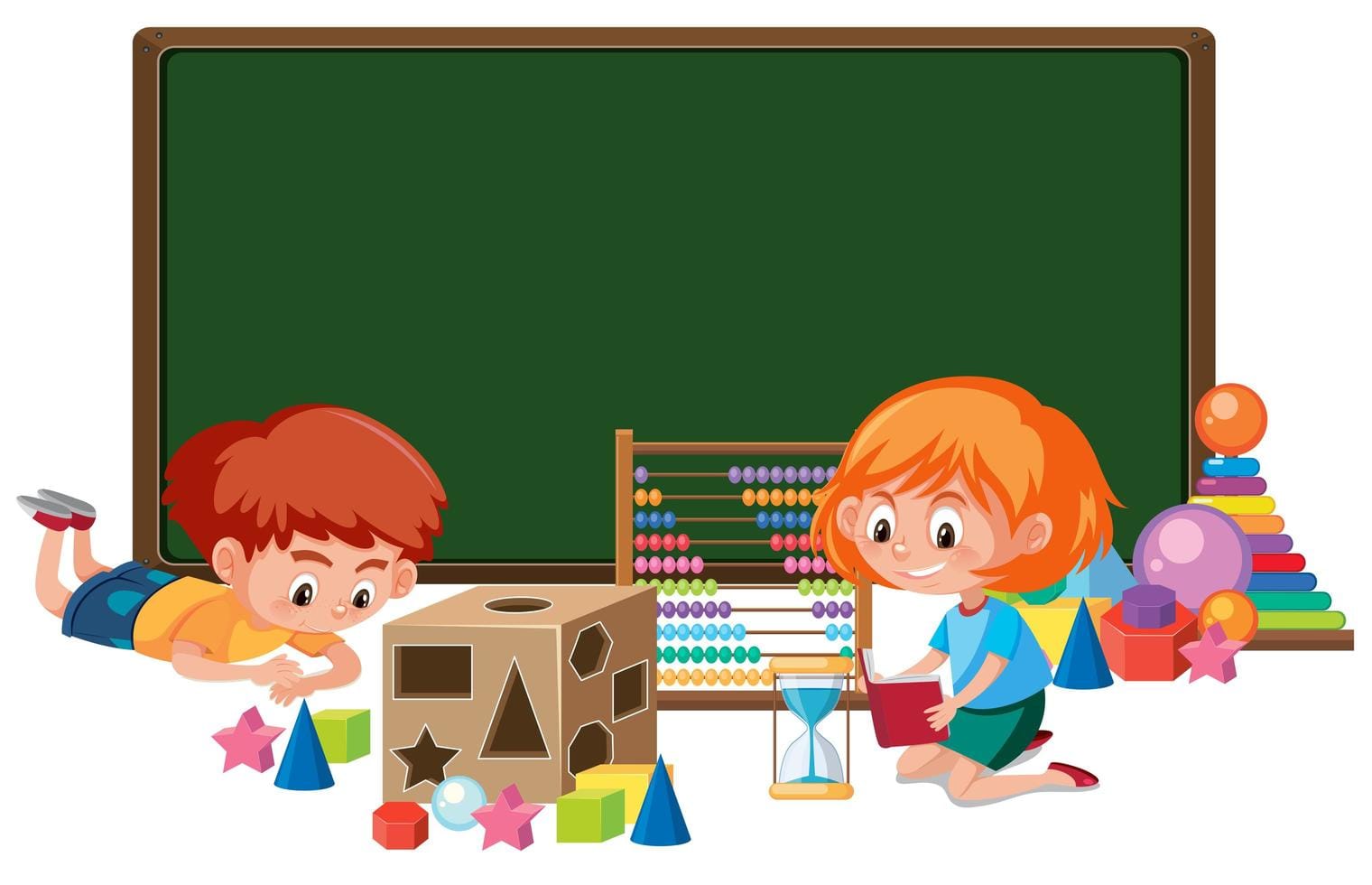
Step 5 – Use Movement and Physical Activities
Sometimes, the best math lesson happens away from desks. Active learners thrive when learning multiplication involves moving their bodies. For example, skip counting while doing jumping jacks is a perfect multiplication game. Have students stand in a circle, toss a ball, and answer a multiplication question before passing it along—this keeps everyone alert and students excited. You can even adapt playground favorites into fun ways to teach multiplication, like hopscotch with multiplication facts or relay races where two students race to the correct answer.
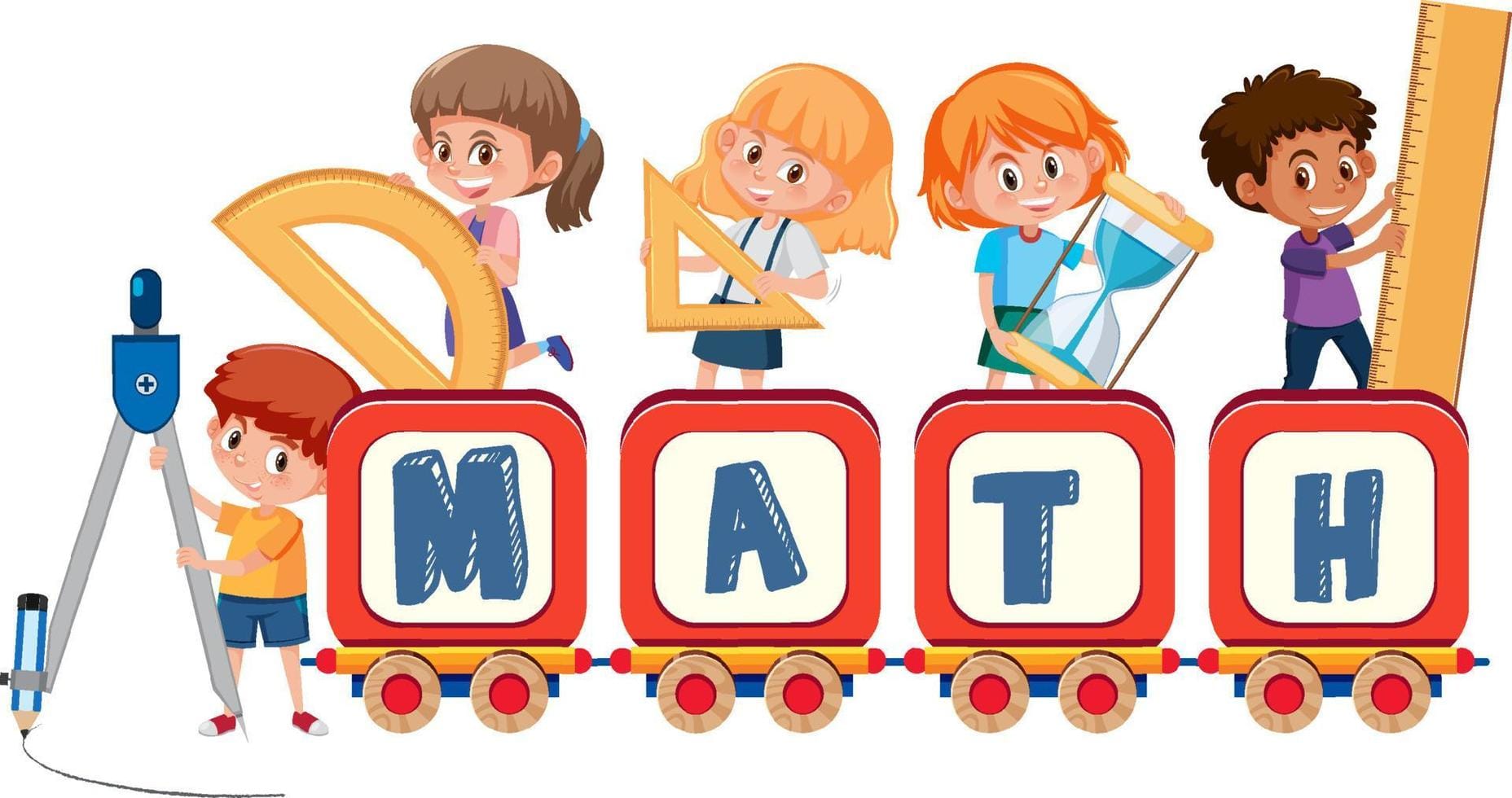
Use resources like cones, colored paper, or bottle caps to make the activities visually appealing. In early stages, kids learn that each jump, clap, or toss represents the same number—helping them connect movement to the multiplication sentence. This physical engagement offers great practice for multiplication skills and helps reinforce times tables in memory. When whole class games encourage partner students and teamwork, you also boost social skills alongside math fun.
Step 6 – Encourage Peer Teaching and Group Activities
One of the most fun ways to teach multiplication is to let students learning become the teachers. Partner students explaining multiplication facts to each other deepen their own understanding while helping classmates. For example, in a multiplication game called “multiplication war,” two students use multiplication fact cards and the same number of turns rolling dice to create a multiplication sentence—the correct answer wins that round.
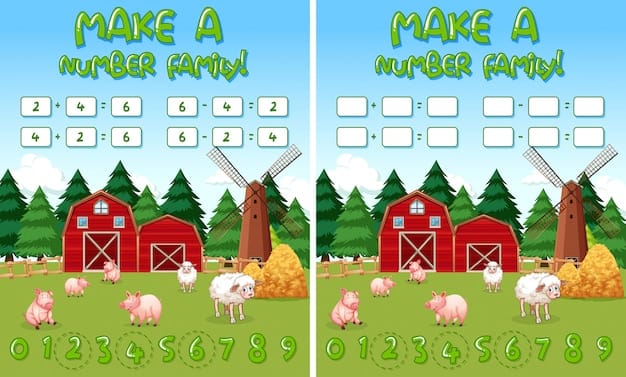
Play until the winner has the most cards – makes multiplication practice competitive and exciting:
Boosts multiplication skills and confidence through repeated, fun gameplay.
Group activities like designing math games or solving word problems together spark enthusiasm for learning.
Writing explanations for multiplication problems helps deepen understanding, even for early learners.
Drawing visual examples for the class makes concepts easier to grasp and remember.
Peer teaching encourages leadership and strengthens collaboration among students.
Ensures everyone masters all multiplication facts while keeping the experience fun.
Conclusion
When we mix creativity, play, and variety, teaching math becomes an adventure. The fun ways to teach multiplication in this guide—visuals, songs, games, real-life examples, movement, and peer teaching—cover all learning styles. From the first math lesson to advanced multiplication skills, students benefit when they can practice multiplication in ways that feel like play.
Whether using multiplication fact cards in a multiplication game, solving word problems, or creating a multiplication sentence from two cards, the key is keeping students excited and involved. The more kids learn through multiplication fun, the more confident they’ll be with times tables and math facts. With the right resources, every multiplication question becomes a chance for success. In the end wins the learner who feels proud, empowered, and ready for the next challenge, with the answer at hand —because in this journey, the whole class wins together.
The answer isn’t to force endless drills but to write lessons that blend practice with creativity. Whether it’s singing multiplication rhymes, using visual aids, playing interactive games, or linking math to real-life situations, these strategies work because they connect with different learning styles. Parents and teachers become partners in this journey, encouraging children to explore, experiment, and engage with math in ways that feel natural and exciting.
The early years are the foundation for a lifetime of learning, and multiplication is one of those skills that sets the tone for future math success. Fun activities, role-playing, and hands-on projects help children write and remember not just the numbers but also the joy of discovering new ideas. The more children enjoy the process, the more likely they are to retain and apply what they’ve learned.
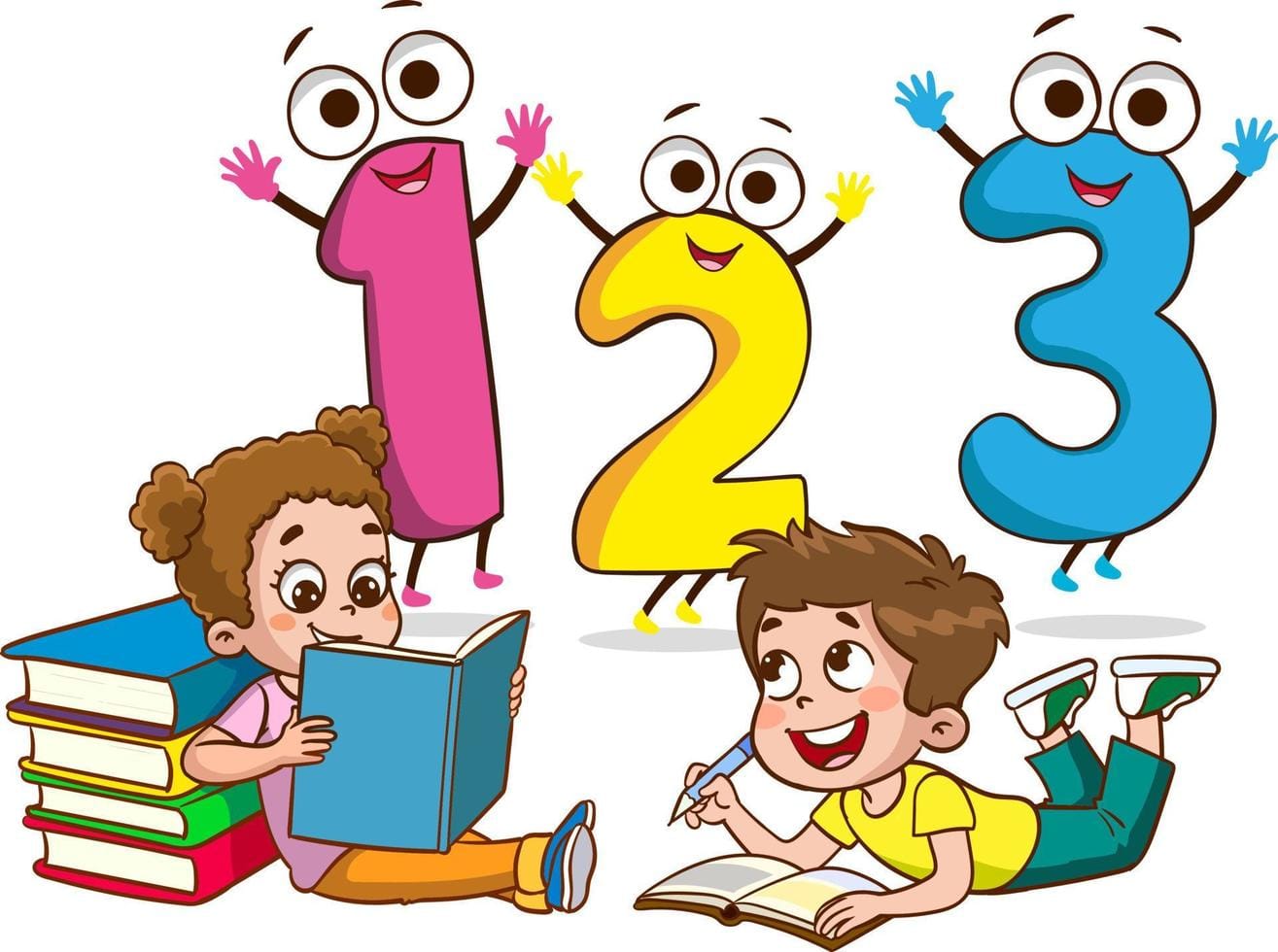
Codeyoung is a fun, interactive learning platform that helps kids explore the exciting world of coding through creativity and hands-on projects. Designed for learners as young as 5 years old, it offers personalized live classes where children don’t just follow instructions—they build games, animations, apps, and websites from scratch.
What makes Codeyoung stand out is its focus on nurturing problem-solving skills, logical thinking, and innovation, all while keeping learning playful and engaging. Instead of feeling like another school subject, coding here becomes an adventure—whether it’s designing a Minecraft world, creating a storytelling app, or cracking a real-world problem with technology. With friendly mentors, small class sizes, and a curriculum that grows with your child’s skills, Codeyoung aims to provide students with experiences that turn screen time into skill time.
Frequently Asked Questions
1. Why is it important to use multiple teaching techniques when teaching multiplication?
The answer lies in the fact that children learn in different ways, especially in their early years. When parents and teachers write lessons using fun activities, games, and varied methods, children engage better. Parents can help by reinforcing these techniques at home, ensuring children in their early years enjoy learning while mastering multiplication. Fun approaches keep them motivated and improve retention.
Different learners need different approaches. Using fun ways to teach multiplication, math games, repeated addition, and real-life examples ensures students learning master all the multiplication facts while enjoying the process.
2. What if I struggle even with fun ways to teach multiplication?
Start with one activity—like a multiplication game using fact cards or times tables bingo. Gradually add more multiplication practice to your math lesson so students excited keep building multiplication skills.
The answer is to start small. Parents can write down one fun activity, like bingo or card games, and use it with children in their early years. Over time, parents and teachers can add more fun games so children gain confidence. In the early years, even short, engaging lessons make a big difference. Fun keeps children motivated and excited about multiplication.
3. How can I teach multiplication using real-life situations?
Link multiplication questions to daily tasks. Ask two students to figure out the total number of chairs for a party or the same result from two groups of items. This makes kids love learning.
The answer is to connect it to everyday activities. Parents can write multiplication challenges when cooking or shopping, letting children solve them. Children in their early years love when learning feels like play. Fun scenarios, such as party planning or arranging chairs, make multiplication practical. Parents and teachers together can create early years experiences where fun meets meaningful learning.
4. Are there any online games or apps that offer fun ways to learn multiplication?
Yes! Apps like Prodigy, Times Tables Rock Stars, and SplashLearn offer multiplication practice disguised as math fun. They use math games to keep students excited and provide instant correct answer feedback.These apps let students practice at their own pace, get instant feedback, and enjoy math outside traditional lessons. They’re great for keeping motivation high while reinforcing multiplication facts in a playful, stress-free way.
5. What are some overlooked but fun ways to teach multiplication?
Storytelling, role-play, and creative art projects with colored paper or bottle caps can make multiplication fun. Have students drawmultiplication sentences or play multiplication war for great practice with all the cards.
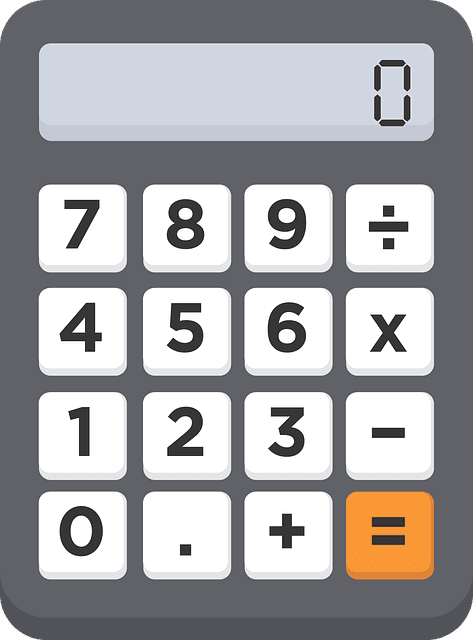
Often-overlooked approaches include role-playing shopkeepers and customers, telling stories with numbers, or letting students design their own multiplication games. These methods make learning active, imaginative, and collaborative. By encouraging creativity, you engage students who may not respond to traditional drills. Such activities also promote problem-solving, teamwork, and ownership of learning—turning multiplication practice into a shared, memorable experience for the whole class
Comments
Your comment has been submitted successfully!